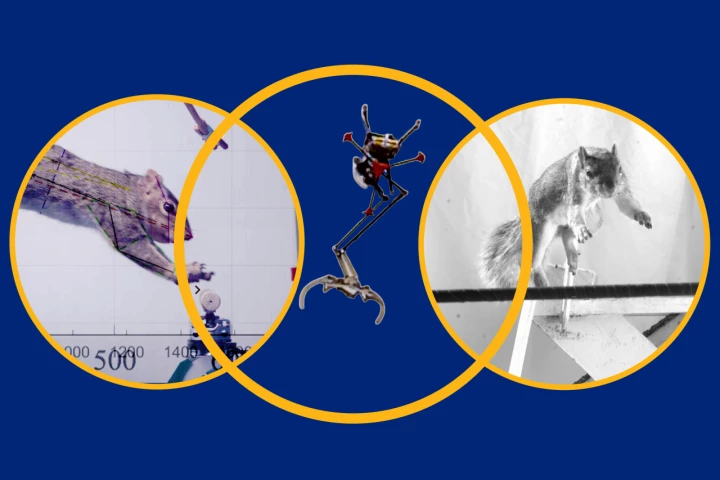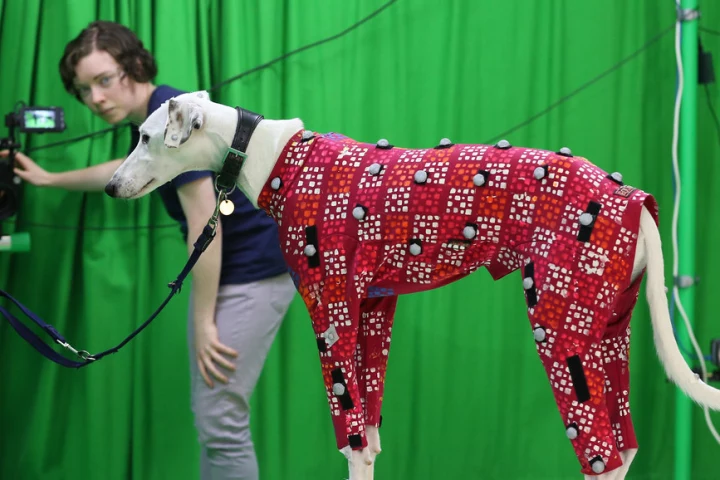Motion
-
Nobody likes being carsick, seasick or airsick, but what can you do to keep from getting that way? Well, according to a new study, simply listening to an audio tone for one minute might be all it takes to stop you from losing your lunch.
-
I love me a bioinspired robot that pulls off challenging feats with cues from nature. Researchers have shown off the one-legged Salto bot mimic the way squirrels leap effortlessly between precarious branches and stick the landing on the first attempt.
-
One of the best things about sleeping on a train is the gentle rocking motion that lulls you off to la-la land. Well, the Ensven 3 Modular Bed Rocker brings that same motion to people's beds, with a lot more oomph than its predecessors.
-
Wi-Fi security usually means keeping virtual intruders out, but a new system claims to use Wi-Fi networks to detect physical intruders. Gamgee’s Wi-Fi Home Alarm System can learn to recognize people who belong there and alert you to strangers.
-
Realistic and immersive as VR gaming may be, it produces feelings of motion sickness in many people. The C-Infinity platform is claimed to keep that from happening, by better engaging the user's body in their avatar's actions.
-
Using paired smartphones, motion-capture app OpenCap films video and then uses AI to analyse human movement, providing detailed data for use in rehabilitation, presurgery plans and disease diagnostics – and is 1% of the cost of traditional technology.
-
GPS-enabled tracking collars allow scientists to learn a lot about wild animals, but the devices do have one major drawback – limited battery life. A new tracker gets around that limitation, as it's continuously powered by the animal's movements.
-
Typically, motion capture systems are confined to one studio containing multiple cameras, and they require subjects to wear sensor-equipped body suits. A new setup, however, is based around a single chest-mounted camera.
-
Scientists at the University of Bath have come up with a simpler method of motion capture, developing a computer model that can digitize dogs without the need for a motion capture suit and a suite of surrounding cameras.
-
Researchers at Carnegie Mellon University have developed a computer vision system that identifies and tracks gym exercises.
-
Currently, if you're trying to digitally track someone's movements, a depth-sensing camera such as the Microsoft Kinect is one of the best ways to go. Researchers are developing a potentially better system, however, which involves attaching cheap sensors to the person's clothing.
-
Many visions of our self-driving future entail car cabins designed for passengers to relax, read and enjoy on-screen entertainment, but what will this mean for the prevalence of motion sickness?
Load More










